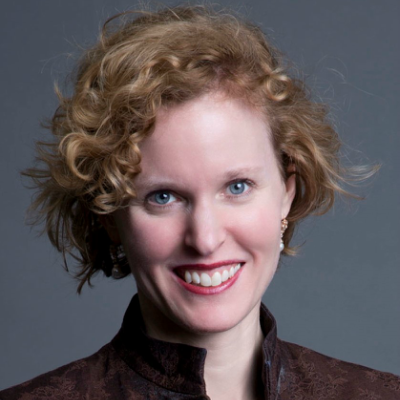A Changing Climate Means A Changing Society. The Island Press Urban Resilience Project, Supported By The Kresge Foundation And The JPB Foundation, Is Committed To A Greener, Fairer Future. This Article Was Originally Published February 14, 2018 in Governing.
Last year, Americans endured an unrelenting series of climate calamities: hurricanes in Texas, Florida and the Caribbean; wildfires and mudslides in California; drought in the Dakotas; flooding in the Midwest. Those disasters caused more than 360 deaths and more than $300 billion in losses.
And there is more where that came from. As the planet warms, climate-related disasters are becoming the new normal. Over the past five years, Americans experienced at least 10 major disasters a year-double the average number of such events since 1980.
News accounts sometimes portray disasters as great levelers, affecting rich and poor alike. But the reality is that it is the least fortunate who bear the greatest social, economic, health and environmental costs. Three months after Hurricane Maria struck Puerto Rico in September, for example, roughly half of the island’s population remained without power. The flooding in Houston caused by Hurricane Harvey had a disproportionate impact on low-income communities and communities of color. And in fire-torn California communities, many poor and elderly residents were displaced and made homeless.
Why do the poor and marginalized take the brunt of climate impacts? There is, of course, discrimination against and indifference to the fate of communities that lack political power, as in Puerto Rico. And, as in Houston, low-income people and people of color are more likely to live in or near a floodplain, in industrial areas that spread pollution when they flood, and in neighborhoods with substandard infrastructure. In California and elsewhere, the poor are more likely to live in rental housing, may not be able to afford insurance, and often hold jobs that don’t tolerate unexpected absences from work. In short, the poor are less able to insulate themselves from harm.
This is true of not only of individuals but of communities at all scales. A study published last year in the journal Science documented that the poorest one-third of U.S. counties sustain greater economic hardship than their wealthier counterparts from hurricanes, rising seas and higher temperatures. By disproportionately affecting the poorest people and communities, climate disasters deepen poverty and widen inequality. How can we prevent that from happening? As we plan for a changing climate, equity must be a top priority. That is the goal of the “climate justice” movement, a diverse coalition of national, regional and grassroots organizations.
Climate justice holds that poor and marginalized people, who bear the least responsibility for contributing to the causes of climate change, should not bear the greatest burden from its impacts. Ensuring that climate risks do not disproportionately harm those who are already vulnerable demands a deep analysis of what puts some communities at risk, including racial and socioeconomic disparities. A useful resource for that analysis is the federal government’s Social Vulnerability Index, which looks at factors such as poverty and mobility to assess vulnerability at the census-tract level.
It is also essential to make sure that marginalized people have a voice and a seat at the table. A community group in New York City called WE ACT for Environmental Justice, for example, has initiated a climate resilience planning process led by neighborhood residents. In a series of public meetings over six months, the residents drew on their own knowledge and vision to produce the Northern Manhattan Climate Action Plan, which calls for community-controlled renewable energy, emergency preparedness, social hubs and participatory governance.
Other communities are effectively integrating equity into climate adaptation. In Baltimore, for example, the city’s Office of Sustainability has cultivated the art of engaging at-risk communities in disaster planning. City staff make it easy for residents to attend meetings by providing free transportation, food and child care. And at those meetings, staff do more listening than talking. Kristin Baja, Baltimore’s former climate and resilience planner, calls this approach “sharing power.” One outcome of this initiative is a network of “resilience hubs” throughout the city that provide shelter, backup electricity and access to fresh water and food during emergencies.
As we brace for more frequent and devastating storms, wildfires and heat waves, it is also crucial to address the roots of the climate crisis. That means an all-hands-on-deck effort to slow the advance of climate change. If greenhouse gas emissions remain on their current trajectory, the earth could warm by up to 9 degrees Fahrenheit the end of this century, with sea-level rise of up to 8 feet. In that scenario, vulnerability will not be confined to those at society’s margins; it will engulf all of us. Today, we have the power to bend the curve of that trajectory and move toward a sustainable, equitable future for all.
For more on the subject of environmental justice and climate change, see “Rising to the Challenge, Together,” a recent report prepared for the Kresge Foundation.



